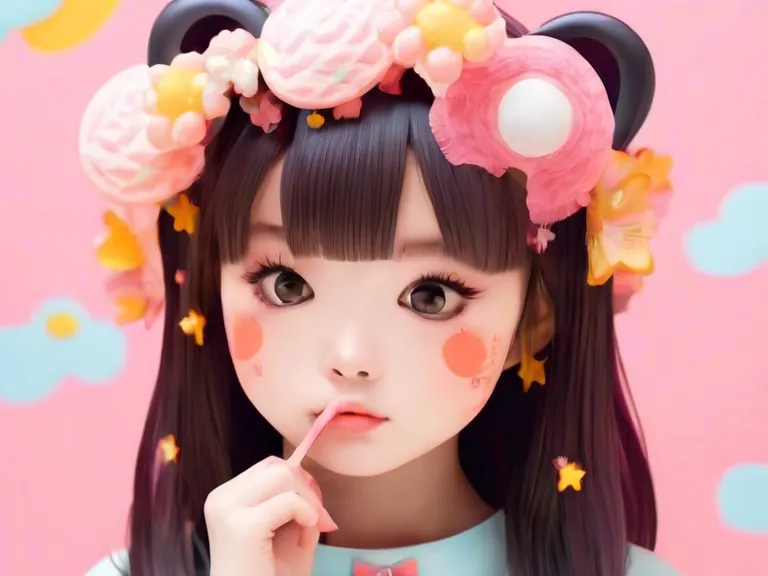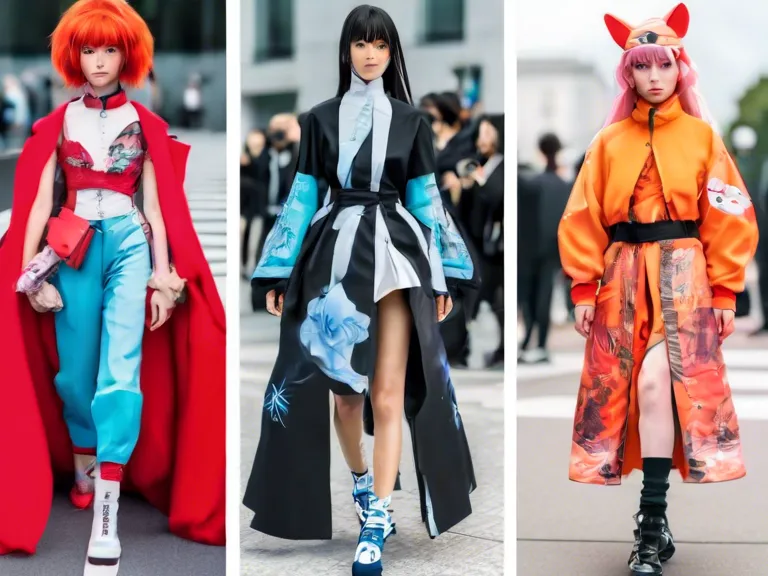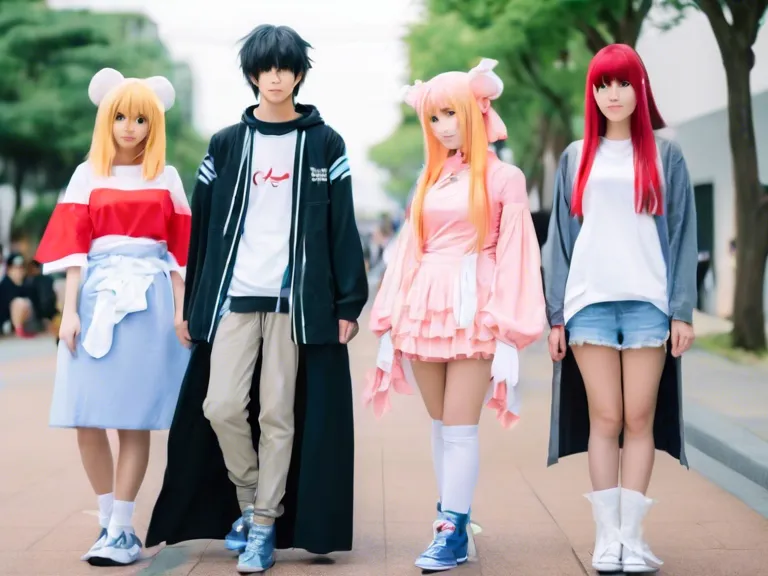
In recent years, the concept of "kawaii" has become a global phenomenon, influencing fashion, lifestyle, and even social media trends. The term "kawaii" originated in Japan and translates to "cute" or "adorable". This aesthetic is characterized by an emphasis on childlike innocence, playful colors, and whimsical designs. From Hello Kitty to pastel-colored streetwear, the kawaii style has captured the hearts of millions around the world.
But what is it about kawaii that makes it so appealing? One reason is its ability to evoke feelings of nostalgia and happiness. In a world filled with stress and uncertainty, the kawaii aesthetic offers a sense of escapism and comfort. The bright colors and cheerful characters often associated with kawaii can uplift moods and bring a smile to people's faces.
Additionally, the kawaii style allows for self-expression and creativity. By incorporating cute and quirky elements into their outfits or living spaces, individuals can showcase their unique personalities and interests. The versatility of the kawaii aesthetic also means that it can be adapted to suit different tastes and preferences, making it accessible to a wide range of people.
Social media platforms like Instagram and TikTok have played a significant role in popularizing kawaii fashion and lifestyle trends. Influencers and content creators often showcase their kawaii-inspired looks and products, attracting followers who are drawn to the aesthetic. This online community has fostered a sense of camaraderie among kawaii enthusiasts, encouraging them to share their love for all things cute and whimsical.
In conclusion, the kawaii effect is a testament to the power of aesthetics in shaping cultural preferences and trends. Whether through fashion, design, or social media, the kawaii style continues to captivate audiences worldwide with its charm and creativity.


